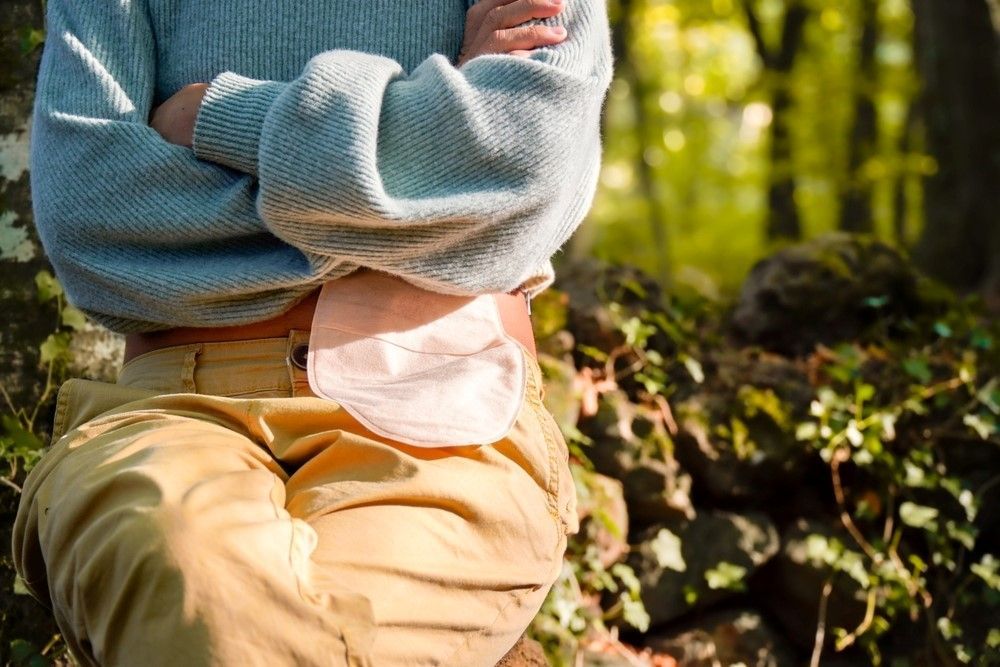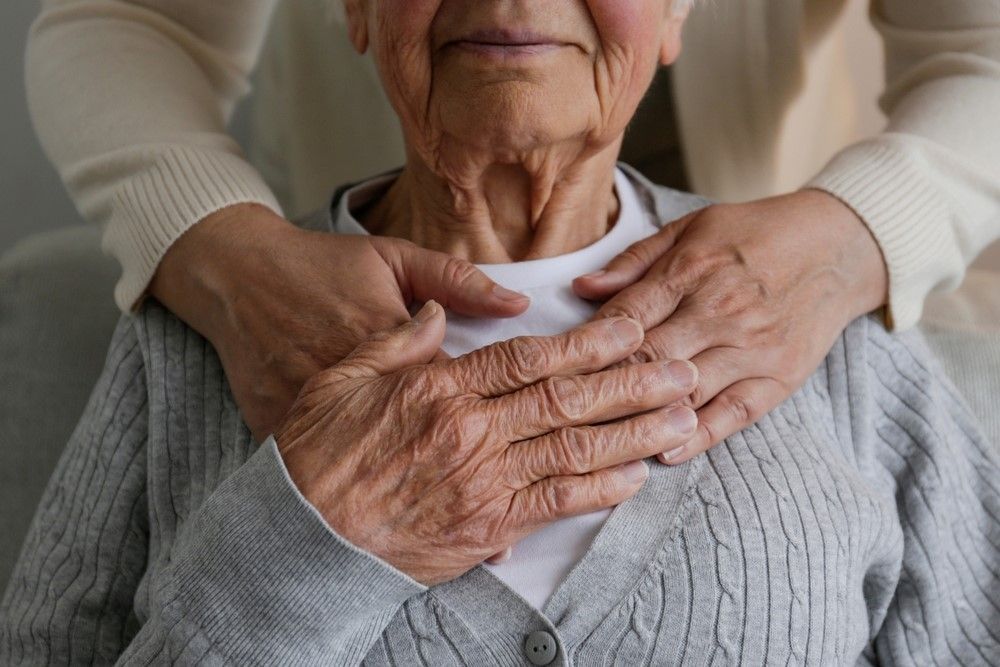Winter is Here
How to stay warm when outside

Winter is officially here, bringing us snowstorms and freezing temperatures. During this season, it is crucial to dress warmly in layers, cover exposed skin, and stay dry to prevent cold related injuries. This blog post will go over each of these topics so our caregivers can better prepare themselves for these winter months.
As we have stated before in our previous blog posts, it is always critical to keep an eye on the forecast. This will allow you to dress accordingly and bring any extra clothing with you to your patient’s house or school. Layering clothes and dressing appropriately for the winter are important tips from The Department of Labor and Industry. The three different kinds of layers to think about are shown below.
- An outer layer should be used to break the wind and allow for some ventilation.
- A middle layer to absorb sweat and retain insulation.
- An inner layer to allow for ventilation. This layer is the most commonly synthetic material.
Additionally, it was revealed that "when the head is exposed, up to 40 percent of body heat can be lost," demonstrating how crucial it is to cover your head in the cold. It is a terrific idea to start wearing a winter hat when you are outside while commuting to your patients. To ensure that your clients remain warm when they are outside, you should also implement these measures for them.
The Department of Labor and Industry stated some of the most common cold related injuries include hypothermia, frostbite, and chilblains. Any of these injuries are a medical emergency, and 911 should be dialed immediately. It is important to be aware of these risks in order to take the necessary precautions in cold weather.
- Hypothermia: This occurs when your body loses heat faster than it can produce, leading your body temperature to drop below 95 degrees Fahrenheit. Symptoms to watch out for in your patients and yourself if you are outside in the cold for extended periods of time are drowsiness, rapid breathing, uncontrolled shivering, bluish skin, and confused behavior.
- Frostbite: This is the freezing of skin and underlying tissues, often affecting your fingers and toes. Symptoms to watch out for include numbness, hard or waxy looking skin, or prickly feeling on skin.
- Chilblains: This occurs from exposure to the cold but does not have to be freezing temperatures. Chilblains are painful, itchy swellings that can appear red or purple.
In summary, the purpose of this article is to emphasize the importance of dressing warmly in cold weather. Layering provides insulation and proper clothing protects against wind reducing the risk of cold-related injuries like those listed above. CritiCare’s utmost concern is keeping our nurses and aides safe from the unexpected.
Please visit the CDC website for additional details: https://www.cdc.gov/disasters/winter/staysafe/hypothermia.html











